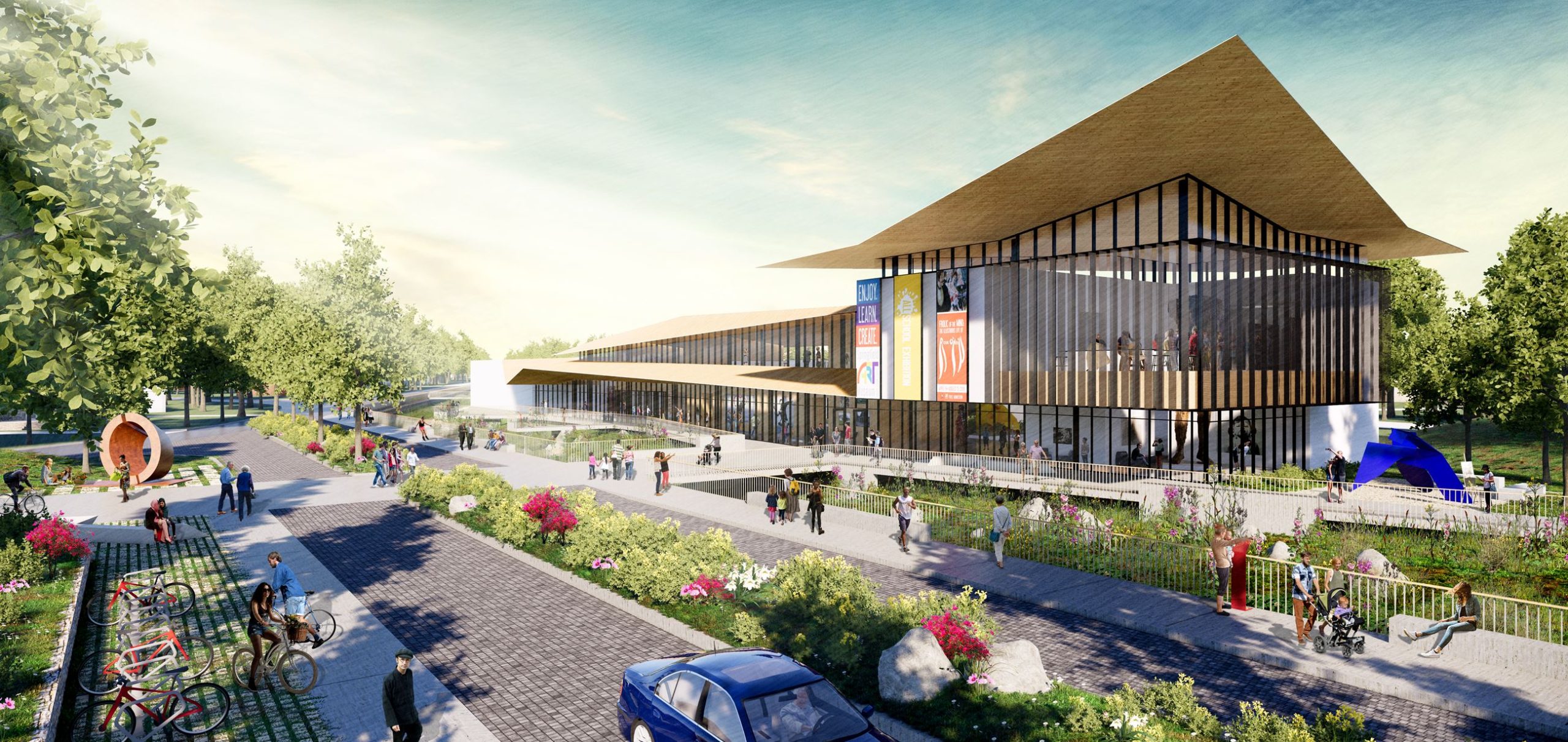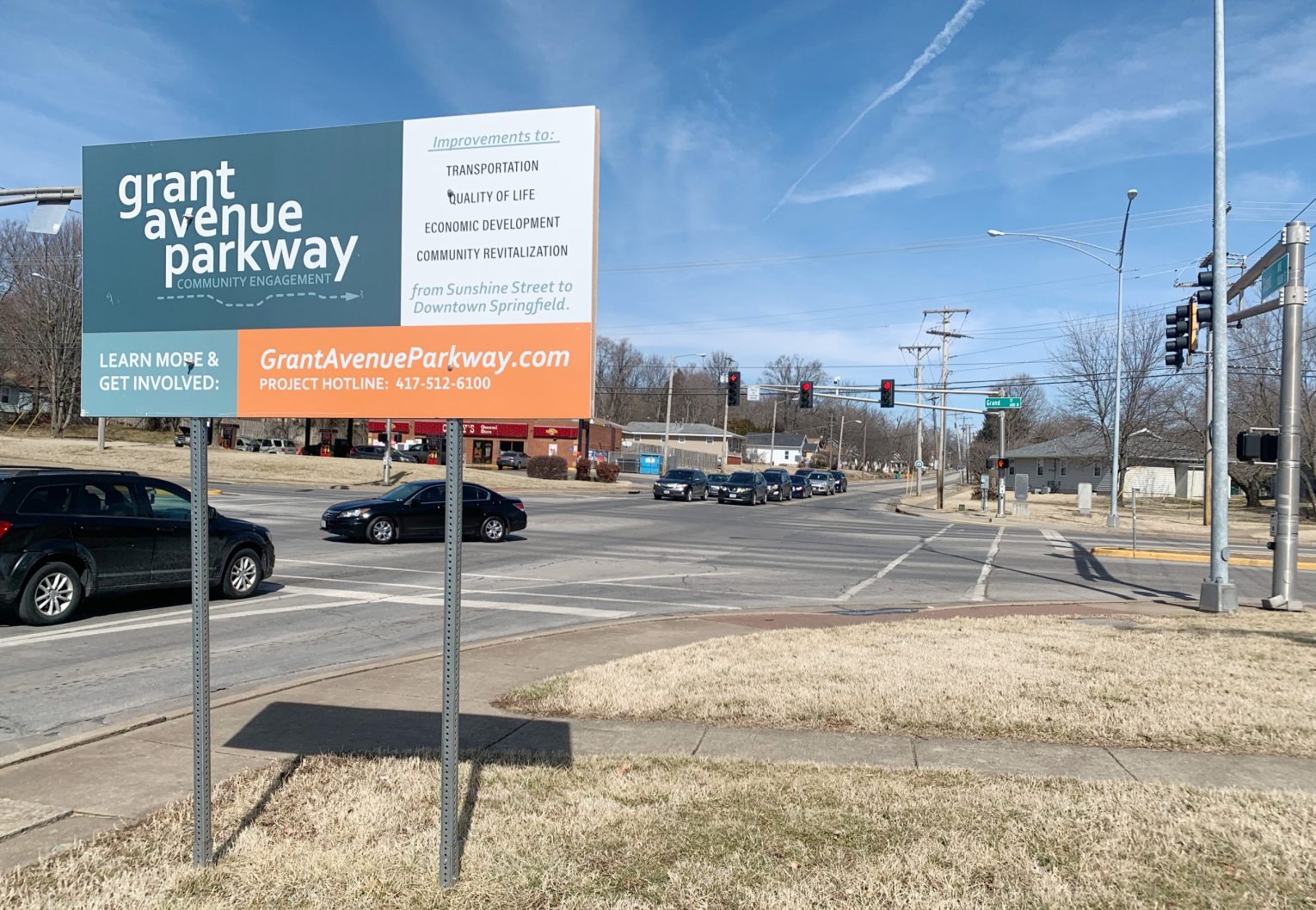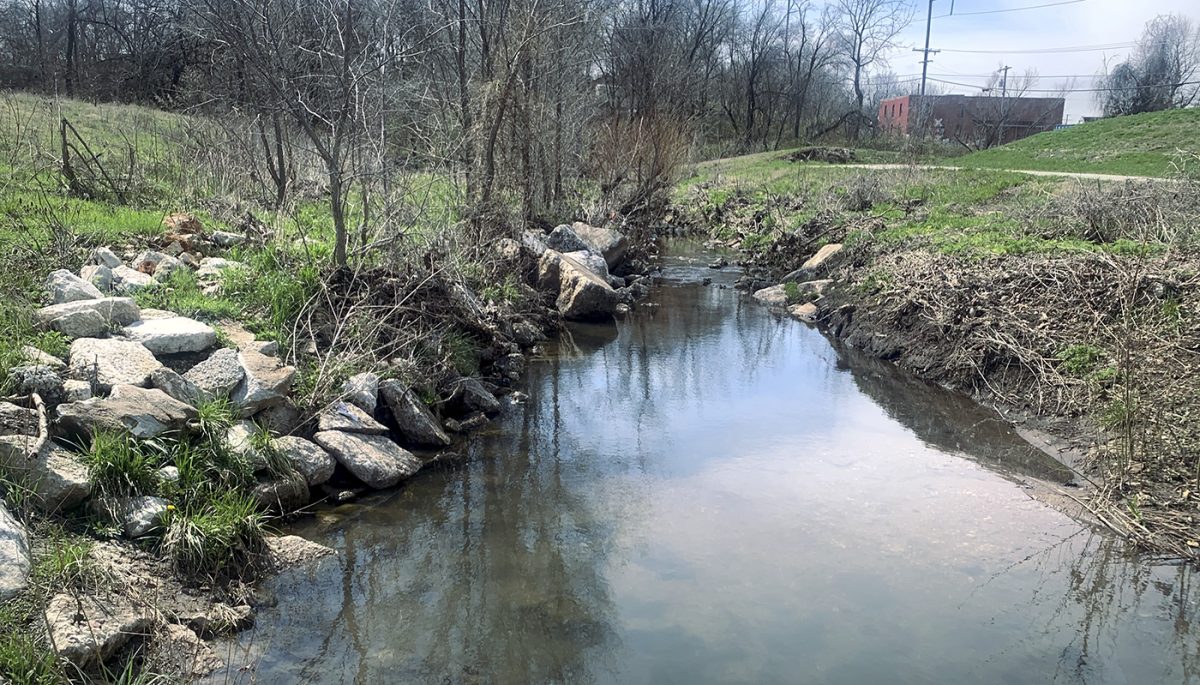Why care?
The Springfield City Council updates its list of priorities periodically and uses the list to guide discussions and decisions — including decisions that involve millions of dollars in funding from local, state and federal sources.
The concept of “quality of place” will be one of five guiding priorities that the Springfield City Council uses for at least the next year — to the tune of at least $37 million with more to be spent in years to come.
The council met April 19 to discuss its list of priorities and what needs to be done to meet them. Each member had the chance to give City Manager Jason Gage some input on how to update or rewrite the priorities that serve as an upper level, guiding document for policymaking.
“Quality of place” is the first priority on the list, and is defined as “qualities of life that make a location a desirable, competitive, and economically vibrant place to live.”
The five major priorities each have lists of sub-objectives. The priorities are: quality of place, legislative engagement, fiscal sustainability and accountability, economic vitality and public safety.
“Quality of place is a really high priority for council, and it's about our future community and our bread and butter,” Gage said.
It's not enough to define the concept and say the phrase. Gage explained that the priority is to get people of Springfield, whether or not they are leaders in some capacity, to buy into the concept and encourage the efforts that raise Springfield's quality of life. Just four major projects that are in their planning phases have about $37 million in federal funding, local sales tax dollars on nonprofit matching funds committed to them in 2022. What’s more, just about any street improvement project, park project or anything else involving public infrastructure has quality of place considerations.
The list of quality of place goals has nine items on it. It calls for Springfield to invest in projects that include city property beautification, roadway and entryway projects. The list also includes neighborhood revitalization, investment in quality transportation infrastructure, attraction and retention of talented people, the inclusion of “quality of place” in the city's 20-year comprehensive plan, promotion of activities that boost pride in Springfield, promotion of activities that promote clean and safe neighborhoods and the strict enforcement of traffic, nuisance and noise violations.

Mayor Ken McClure gave an example of the pending redevelopment of Lake Springfield and the James River Power Station, where coal-fired generation stopped in 2017 and four exhaust stacks were imploded in early 2022. A study will determine the feasibility of different development projects and future uses, ultimately helping Springfield leaders to decide what to do with the property once the power plant demolition is finished.
“We want these to be broad enough to cover situations as they arise, yet specific enough to provide the necessary guidance to the council and the staff as we carry them out,” McClure said.
When the opportunity arose to fund 80 percent of the study, Springfield came up with the matching 20 percent with a mixture of City Utilities funding, Springfield Environmental Services Department funding and a $100,000 gift from the Hatch Foundation.
Millions of dollars slated for projects
The development of Grant Avenue Parkway, the repurposing of Lake Springfield, the development of the Springfield Art Museum grounds and the development of outdoor recreation areas surrounding Jordan Creek in downtown Springfield are some of the key quality-of-place projects underway in 2022.
The Grant Avenue Parkway project is a plan to create an off-street pedestrian and bicycle pathway along Grant Avenue from Sunshine Street to College Street in downtown Springfield. Springfield received a federal grant for $20 million to create a three-mile pedestrian and bicycle corridor on Grant Avenue, and the city will have to match $5 million to meet the grant requirements.
The city of Springfield announced Feb. 16 that it hired planning consultants from PGAV Planners to study the section of Grant Avenue that starts at Catalpa Street, near Parkview High School and JFK Stadium, and runs north to Olive Street. The planners will conduct what is called a qualifications analysis on that part of Grant Avenue to determine which areas qualify for economic development and revitalization tools — financing methods that could be used to pay for changes on Grant Avenue.
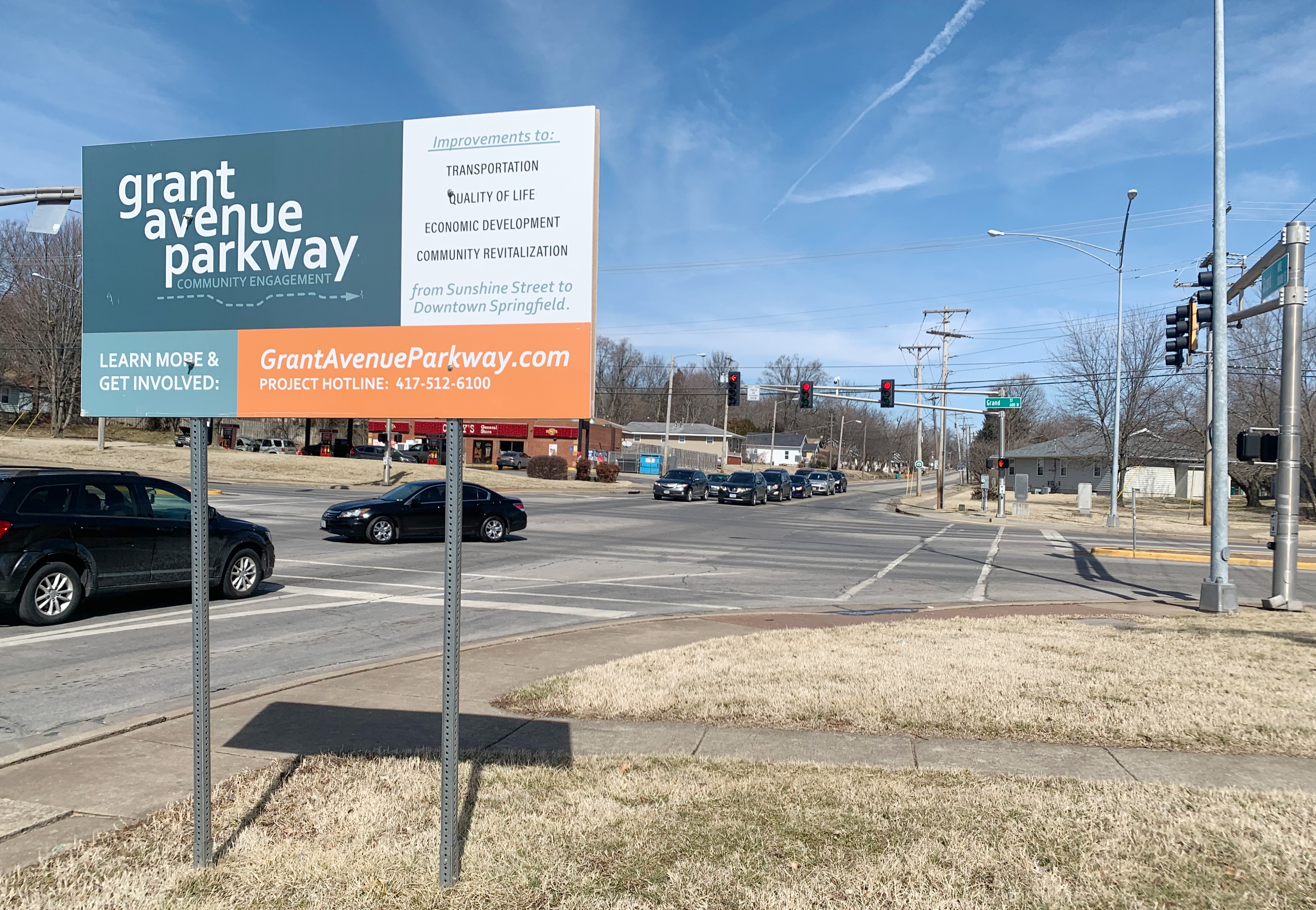
The consultants will determine if property in the study area is blighted, meaning it is run down, dilapidated, unsafe or unsanitary. The study area is 1.1 miles in length from its north and south ends at Olive and Catalpa, respectively. Blight classification is needed in order for property and redevelopment projects to qualify for certain types of financing, like tax increment financing.
On March 3, Springfield Art Museum Director Nick Nelson announced that the city of Springfield received $5 million from the Sunderland Foundation to put toward a $25 million capital improvement campaign. It marked the largest single gift that the art museum has ever received. The gift is meant to boost the museum’s large-scale construction plans and motivate others to invest in the arts.
The Jordan Creek daylighting project is a plan to unearth the underground section of the creek downtown. Proponents say it will reduce flooding risks, improve water quality and create an outdoor greenspace for the community to enjoy, which will then spur economic growth downtown.
On June 1, 2021, design consultants presented the city with a “string of pearls” concept for daylighting Jordan Creek. It would include the development of a primary site between West College Street and West Wall Street, generally northwest of the Park Central Square. The other two pearls in the string would be a revitalized Founders Park, and revitalization in the East Meadows area, the collective name for the lands that include Jordan Valley Park, Hammons Field and the nearby creek.
Springfield voters approved funding for Jordan Creek enhancements through the renewal of a level property tax in 2017. The tax generated slightly more than $6.7 million that has been budgeted for the project.
The primary Jordan Creek site would have open lawn space, historical markers, public art, furnishings and gateways to nearby trails and greenways. It would be able to host events, concerts, outdoor classes, pop-up retail shopping and food trucks and opportunities for access to the creek.
Priorities tie into Forward SGF plan
The city council priorities are meant to work hand-in-hand with Springfield’s 20-year comprehensive plan, “Forward SGF,” a plan that is being overhauled and will chart the city’s course for development and growth from now through the end of 2040.
Chicago-based consultants Houseal Lavigne Associates have been working with city staff to write the preliminary draft of the Forward SGF comprehensive plan. The plan contains: a present-day profile of Springfield; a vision statement; guiding themes and principles; land use information; policies for housing, transportation, parks and trails and community buildings; public health information; arts and culture information; a piece on historic preservation; and some plans that are unique for certain parts of Springfield.
“Hopefully, our priorities would fit within what that plan says. I guess it's possible that we could have to alter, change, add to, delete — although I doubt it, but you would want these to be in concert with what we get with our comprehensive plan,” McClure said.

In 2000, Springfield’s population was 151,580 people. In 2020, U.S. Census data put Springfield’s population at 169,176, a gain of 17,596 people, or 11.6 percent.
While the Forward SGF master plan won’t be a legally binding document, it will be used heavily as Springfield’s leaders guide the city through growth and development over the next 20 years.
The final version of Forward SGF is likely to go before the Springfield City Council for final approval as early as June 2022, according to a comment that Mayor McClure made in a City Council meeting on April 19.
According to the Forward SGF master plan, the population of Springfield is expected to grow by another 6,000 people by the end of 2024. About 25 percent of the population is expected to earn less than $25,000 annually, “denoting the need for strong public services to help support this segment of the population.”
The remaining 75 percent of Springfield’s population is likely to see its yearly income increase, at least slightly. The population will also age, with Springfieldians ages 65 and older making up the age group set to experience the largest projected growth.
“Equally on the other end of the age spectrum, the younger age groups are seeking similar housing types both as post-secondary students and young professionals,” the analysis found in Forward SGF reads. “There is an identified shortage of housing units that are affordable at both the lowest and highest income levels.”
Availability, diversity and affordability of housing
Before the City Council adopts the priorities, it can amend any of the language found in the document.
Councilman Andy Lear asked about equity, wanting to know how the city as an organization would address issues of equity with the public. He suggested finding a way to incorporate equity into the quality of place initiative.
“I wonder if this isn't our place where we somehow make a statement that quality needs to be accessible to all of our citizens,” Lear said. “Perhaps we just need to create projects that communicate and empower citizens, so that quality of place is accessible to all.”
Councilwoman Heather Hardinger asked about putting language specific to housing into the priorities.
“Do we have anything specific to affordable housing or just adding housing stock, investing in maybe a housing study so we know what the talent of tomorrow is going to need — actually, the talent of today, the talent of yesterday — what they would need in order to thrive?” Hardinger asked.
The Renew Jordan Creek master plan published in June 2021 includes an analysis of Springfield’s housing market. As of April 2021, the Springfield metro area had 381 large-scale apartment properties with 22,598 units, and an average rent of $729 per month. The vacancy rate was 2.9 percent.
According to the data consultants prepared in the Forward SGF master plan, an estimated 24 percent of households in Springfield were considered cost burdened, which means the residents or tenants were paying more than 30 percent of their incomes for housing.
“Our housing situation is not necessarily one that would attract what we want to attract currently,” Hardinger said, adding that what Springfield needs to attract is, “housing that meets the needs of the growing population, essentially.”
Councilman Richard Ollis mentioned that perhaps the language found in the City Council priorities should include efforts to increase “diversity of housing.”
“Obviously, we've experienced that single-family homes on a half-acre lot in every single neighborhood is probably not going to be how we're going to be able to redevelop our community into the future, and that's going to require education and many efforts to go along with that,” Ollis said.
City Manager Gage working on next steps
Gage also told the City Council that it’s important not to confuse council priorities with issues that are referred to committees for analysis or debate, although the two can sometimes intersect.
The priorities are meant to be a declaration of intent, for elected officials, for city employers and for the general public of Springfield, Gage said. Council committees can be used to address issues that come up over the course of the next year, or issues that are brought forward from the public and rise to prominence.
“From a legislative perspective, that tells me and that tells the public this is where you want to spend your time,” Gage told the City Council. “You have a separate process aside from your priorities when you assign topics to your subcommittees, your council committees, which is fine, I think that works well. However, when something is assigned and it comes up, you know that — one, it's going to take the time of council and that committee, it's also going to take staff's time to do whatever staff work we need to do.”
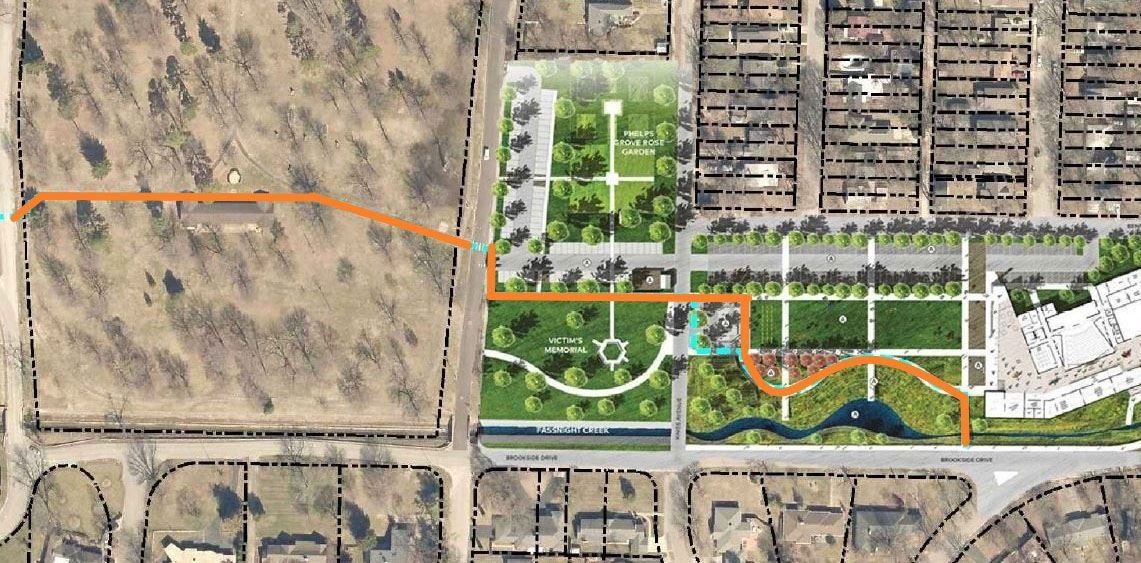
Gage said that the question becomes whether or not priorities should be updated whenever a new topic is assigned to a subcommittee, and how much urgency and emphasis should be placed on the new topic when it wasn't originally set as a priority.
Quality of place was just one of five critical issues discussed over the 75-minute session on April 19. At the end of the meeting, Gage told the City Council that it gave him enough information to draft an updated version of the priorities, which would return to the council for formal adoption at a future meeting. Gage did not specify the date, but said it likely would not be the next regular meeting on May 2.


